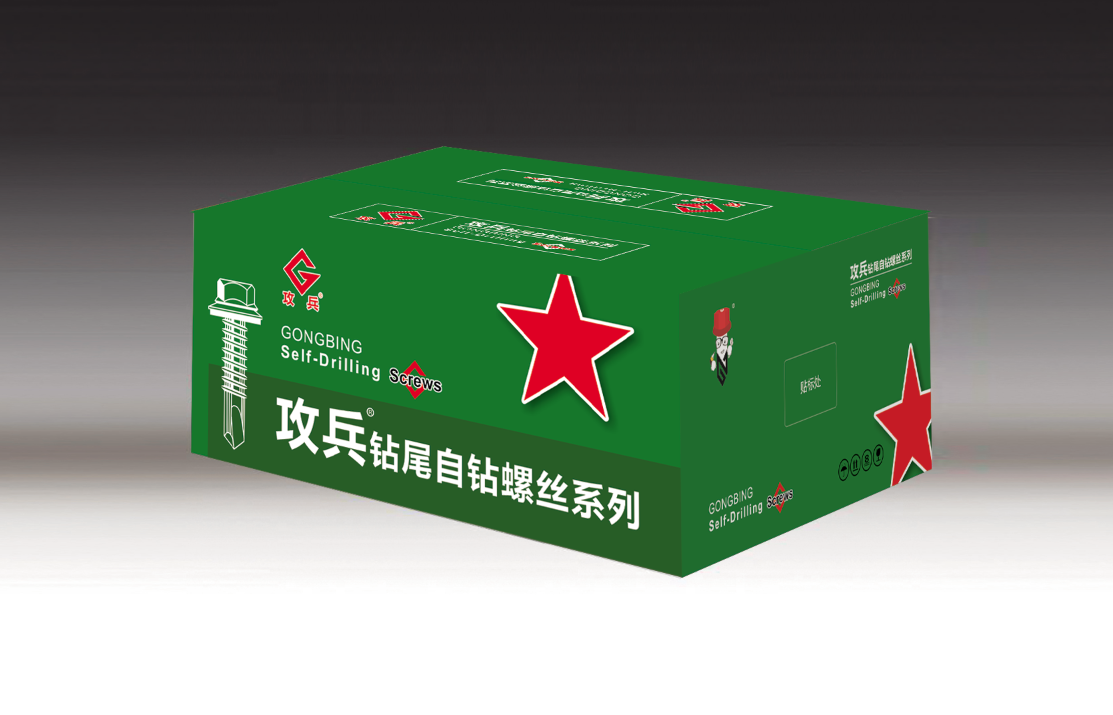Low Profile Self-Tapping Screws with Countersunk Head for Secure Fastening Solutions
Understanding Countersunk Head Self-Tapping Screws
When it comes to fastening materials together, screws are one of the most commonly used mechanical fasteners. Among the various types of screws available, countersunk head self-tapping screws hold a significant place in a variety of industries due to their unique design and functionality. This article will delve into what countersunk head self-tapping screws are, their applications, and the benefits they offer.
What Are Countersunk Head Self-Tapping Screws?
Countersunk head self-tapping screws are specialized screws characterized by their conical-shaped heads, which allow for a flush finish when installed. The countersink feature enables the head of the screw to sit below the surface of the material it is affixed to, resulting in a neat appearance and preventing snagging on clothing or equipment.
Self-tapping refers to the ability of the screw to create its own hole as it is driven into a material. This feature eliminates the need for a pre-drilled hole, which can save time and resources during the assembly process. The threads of the screw are designed to cut through materials, such as metal, plastic, or wood, efficiently and securely.
Applications
Countersunk head self-tapping screws are widely utilized across various sectors, including construction, automotive, and electronics. Because of their flush finish, they are particularly favored in applications where aesthetic appeal is important, such as woodworking and cabinetry. Additionally, these screws are often used in the assembly of appliances, furniture, and automotive components, due to their strength and reliability.
countersunk head self tapping screw

In electronic devices, countersunk head self-tapping screws are crucial for securing covers and casings without creating protruding heads that could interfere with the function or design of the product
. Their ability to form a tight bond in thin materials, like sheet metal, makes them indispensable in many manufacturing processes.Benefits of Countersunk Head Self-Tapping Screws
One of the primary advantages of countersunk head self-tapping screws is the ease of installation. Since they eliminate the need for pre-drilling, they can significantly reduce labor time and costs associated with assembly. Moreover, their design minimizes the risk of splitting or damaging the material being fastened.
Another notable benefit is their aesthetic finish. The countersunk head design allows for flush installation, which not only improves appearance but also reduces the risk of catching on surfaces. This characteristic is essential in environments where safety is a concern, such as in public spaces or on machinery.
Countersunk head self-tapping screws also provide excellent load-bearing capabilities. The self-tapping feature ensures a snug fit, enhancing the overall integrity of the assembly. They are designed to handle vibrations and movements, making them suitable for dynamic applications where stability is crucial.
Conclusion
In summary, countersunk head self-tapping screws are an essential component in many applications, known for their unique design and practicality. Their ability to provide a smooth, flush finish and to tap their own holes makes them a favorite among manufacturers and builders. As industries continue to evolve, the demand for efficient, aesthetic, and reliable fastening solutions will undoubtedly maintain the relevance of countersunk head self-tapping screws in engineering and construction fields. Understanding their properties and applications can help professionals make informed decisions when selecting the appropriate fasteners for their projects.
-
Weatherproof Plastic Expansion Anchors for OutdoorNewsJun.06,2025
-
Sustainability in the Supply Chain: Eco-Friendly TEK Screws ProductionNewsJun.06,2025
-
Load-Bearing Capacity of External Insulation FixingsNewsJun.06,2025
-
Double Head Bolts: Enhancing Efficiency in Industrial MachineryNewsJun.06,2025
-
Corrosion Resistance in Chipboard Screws: Coatings for Wholesale DurabilityNewsJun.06,2025
-
Butterfly Toggle Bolts : Enhancing Structural ResilienceNewsJun.06,2025
